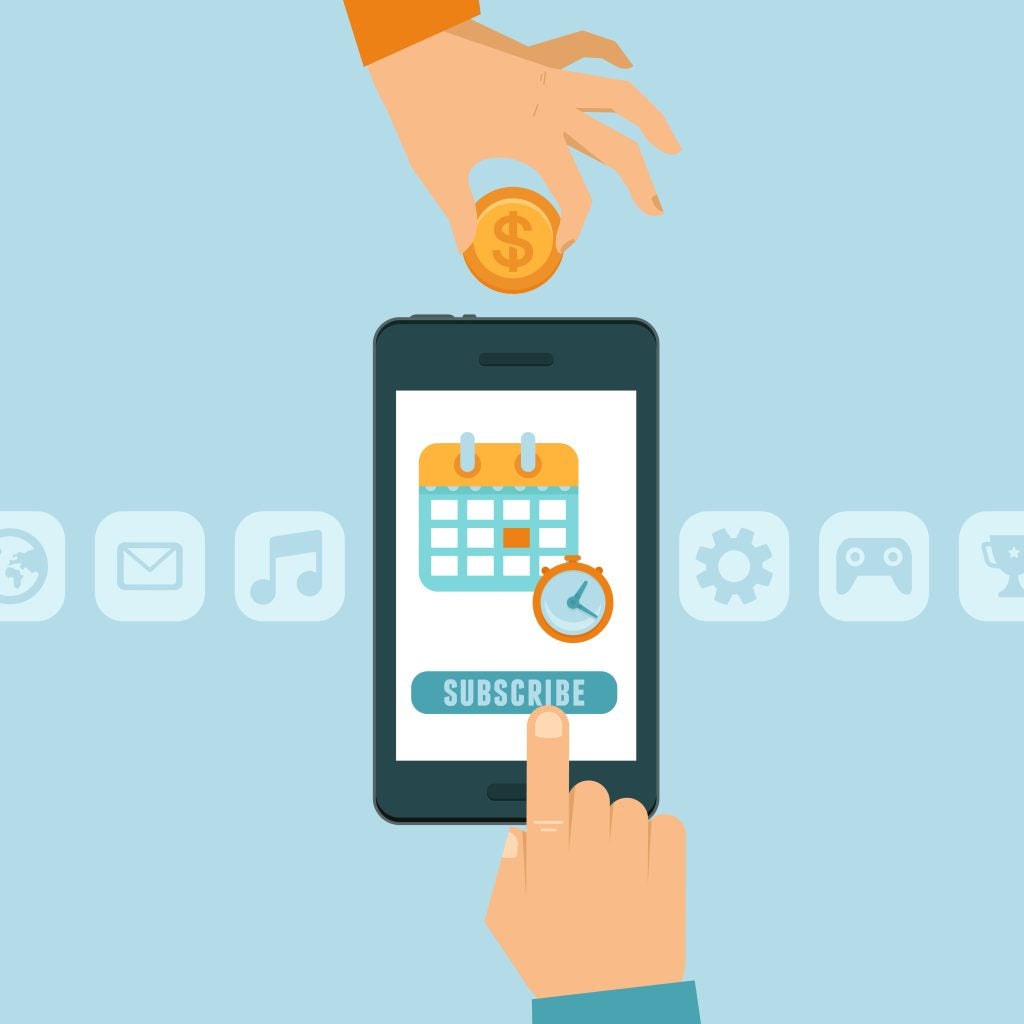David Parker, of Polymath Consulting, considers the amount of payment devices the everyday consumer uses in comparison to physical forms of payment (cash, cards, etc.). Will there come a time when we have more cards on our phone than in our wallet? Will these clash? And how does one stay ahead of the crowd?
This is a simple but key question we need to consider about consumer behaviour. I would contend that for most it is only one, and potentially those that live in London or where there are other major transit systems they may keep a separate folder or wallet with their transit card.
Certainly if you live in London, Transport for London (TFL) spend forever telling you about the risk of card clash and the need to keep your transit payment token separate which means you, in effect, end up with two wallets.
Why is this last point so important?
Well it starts to demonstrate that sometimes there is a need for a separate wallet for a specific retail payment opportunity or channel, but generally what consumers like to do is keep everything in one place.
But of course that is easy in the physical world where in the single wallet you might have a variety of payment cards and if none of them work or there is a problem with acceptance at a particular merchant, then there is the old back up of hard cash that most of us still carry.
Getting into the digital wallet
So now let us apply this thinking to the digital world. We have seen in recent months Apple, Samsung, Square and Google all launch wallets with physical acceptance and if we look to traditional online wallets there are companies like PayPal and Skrill.
How well do you really know your competitors?
Access the most comprehensive Company Profiles on the market, powered by GlobalData. Save hours of research. Gain competitive edge.

Thank you!
Your download email will arrive shortly
Not ready to buy yet? Download a free sample
We are confident about the unique quality of our Company Profiles. However, we want you to make the most beneficial decision for your business, so we offer a free sample that you can download by submitting the below form
By GlobalDataYet if a wallet has ubiquitous acceptance, the logic from the physical world would seem to be that consumers will only need one. Ubiquitous acceptance is the crux of the matter of course.
Apple and Samsung have deliberately chosen to run on existing scheme rails, although Apple requires each bank to sign up individually to their programme whilst Samsung do not.
This is proving a challenge in many markets for Apple outside the US where their market share is not as strong.
The latest market to have been reportedly holding out against Apple is Australia where David Lindberg, Chief Product Officer, Westpac Group is quoted as saying: "Australia leads the US and other countries in mobile contactless payments technology.
This type of mobile payment experience exists in Australia through multiple banks, and Westpac customers are today making Tap and Pay payments through the Westpac mobile banking application on Samsung’s flagship smartphones."
He then added that even the fingerprint login will be on offer soon via Westpac’s mobile banking app.
Mobile companies getting into the swing of payments
Acceptance for Apple, once they get banks signed up, in many more developed markets is to be less of an issue with an estimated 9.5 million NFC-ready point-of-sale terminals shipped worldwide in 2014.
Berg Insight has forecast that the global installed base of NFC-ready POS terminals will grow at a compound annual growth rate of 28.4% from 21.4m in 2014 to 74.9m in 2019.
On a global basis, two out of every five POS terminals shipped last year included NFC technology. So while NFC is far from ubiquitous, it is growing fast.
Samsung would claim, despite the recent hack issues, that they have overcome the acceptance issue as they do not rely on NFC but have the LoopPay mag stripe emulation technology.
The LoopPay technology that Samsung purchases and uses emits a magnetic signal that mimics the stripe on an old-fashioned payment card, so it works at more than 90% of US payment terminals along with some 30 million merchants globally.
The technology works by generating changing magnetic fields over a very short period of time.
This is accomplished by putting alternating current through an inductive loop, which can then be received by the magnetic read head of the credit card reader.
The signal received from the device emulates the same magnetic field change as a mag stripe card when swiped across the same reader.
But we are also seeing the launch of a number of retail, closed-loop wallets. The most well-known of course is Starbucks. In its financial quarter ending 28 December 2014, it had in excess of 13 million mobile app users in the US, representing 16% of the company’s total transactions – some 7 million mobile transactions a week.
But how many other retailers actually have the frequency of visit and brand strength to follow?
Greggs, the UK-based baker in the UK believes so and has rolled out a wallet to its customers, also heavily tied into loyalty and offers.
But perhaps most interesting is that so far despite all the hype, the rollout of both Apple Pay and Samsung can hardly be called unqualified successes. Consumers seem quite happy to keep using their cards and their cash.
For Apple Pay there are reported usage figures of the around 6% in the US.
Samsung Pay has launched in Korea and proudly announced it had hit $30m dollars in the first month of launch.
But if we look in a little more detail, remembering that this is its home market where it absolutely dominates with circa 60% of the mobile market, $30m worth of transactions is equal to 0.00277% of South Korea’s GDP.
Or to put it another way Samsung has 275,000 employees globally but a good number in Korea.
If all the Samsung employees at headquarters in South Korea buy their lunch using Samsung pay, for which they probably do not need to leave the building as Samsung Pay is most likely an accepted way to pay at their cafeteria, a total amount of $30m in transactions is easily reached within one month.
So certainly no runaway success for either brand currently, but neither has launched yet in the two markets globally where wallets really are taking off.
Developing mobile markets
In China, wallets are used for 48% of all online purchases and in India where VC money is driving the launch of a large number of semi-closed loop wallets, many offering discounts and offers to consumers.
Semi closed loop meaning no cash out, and individual merchants are signed up for acceptance.
This has led to a situation where many middle class members of the Indian population have multiple wallets on their phones – although still accounting for a miniscule amount of overall transactions within the country.
But what do consumers really want from wallets. Research over the last few years has provided some clear direction on this;
- Multi Platform, I purchase what I want on what I want: In 2014, Digitas17 country survey (including India, Australia, China, UK and US) revealed that consumers, on average, used 2.8 devices as part of their internet shopping experience. A year later, that number is now 5;
- Acceptance: Consumers would increase use of wallets with more places to pay;
- Better Financial Management: There is a mass of data showing that people want wallets to help them manage their finances better;
- Track what they spend and where and make me feel safe when using it: Of the 78.6% of consumers who do not have a mobile wallet, issues surrounding the security of the technology continue to be a top area of concern for consumers. Overall 84% of consumers have concerns about the ability of mobile wallets to keep financial account information secure, and
- Convenience of use: If a consumer is strongly engaged with a wallet, they will use a wallet – but most consumers are not strongly engaged with wallets.
There are of course two types of wallets: those that we generally know in the developed markets and mentioned already that in effect are ‘pass through’, sometimes with the ability to hold funds, sometimes not.
Certainly for Apple and Samsung it is purely a pass through at the moment.
In developing markets we see these types of wallets, but also those whose business model focuses far more on ‘physical cash into wallets’ to merchant value chain, for example, Oxigen and Itz Cash.
These latter wallets, particularly important in markets like India where bank penetration is only circa 25%, are, it could be argued, not adding mouths to feed.
But where a wallet is purely a pass, we have to ask the question: what value do they bring to the table?
Why is it better for the consumer to use the wallet instead of their other payment cards, the ones they have used for so long?
In India again, these pass through wallets are currently ‘buying’ customers. Just how long they can keep spending VC money and doing this must be open to question.
What’s the limit?
But the original question posed was how many digital wallets will consumers use or even want?
What we have seen in India is that with enough incentives, you can get consumers to hold multiple wallets.
In addition, if you are a brand with a specific use case where the consumer is a frequent user of your product, the consumer will hold your wallet.
But for the average consumer, once he finds a wallet that meets the key criteria outlined above, it is likely that they will only want a single wallet.
This poses challenges for the likes of Apple and Samsung, that are device based, and perhaps an opportunity for others like Google and PayPal which have the advantage of being device agnostic.
Of course the bigger issue is perhaps what digital wallet can truly deliver to customers an experience that is better and more worthwhile?
Not only that, but one with a strong proposition. It needs all of those features to convert users from the leather wallet and cards they currently have.







